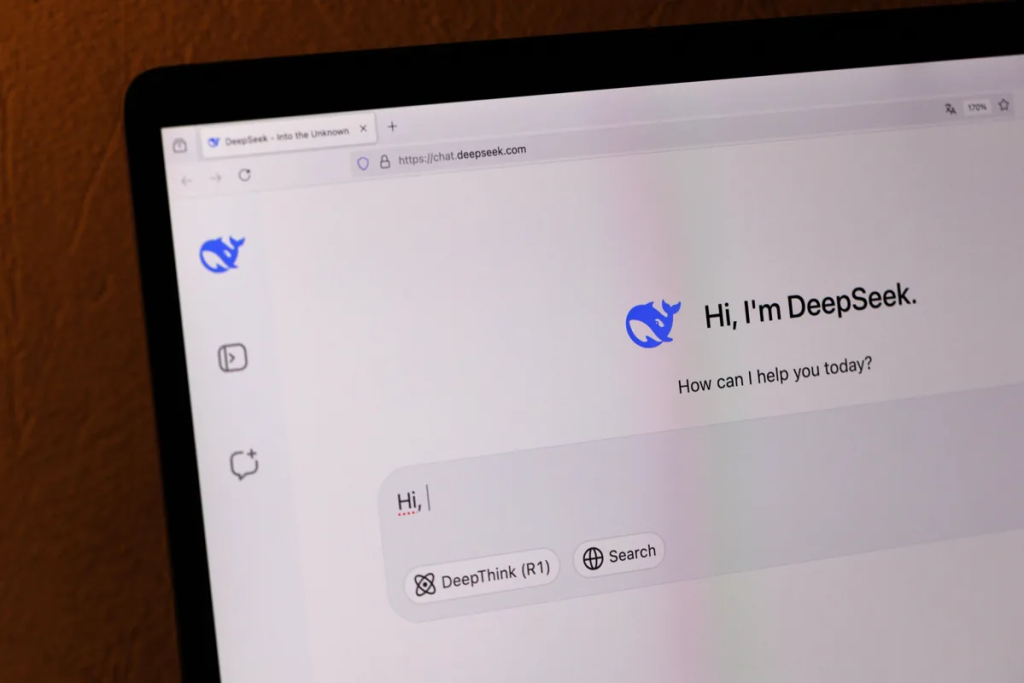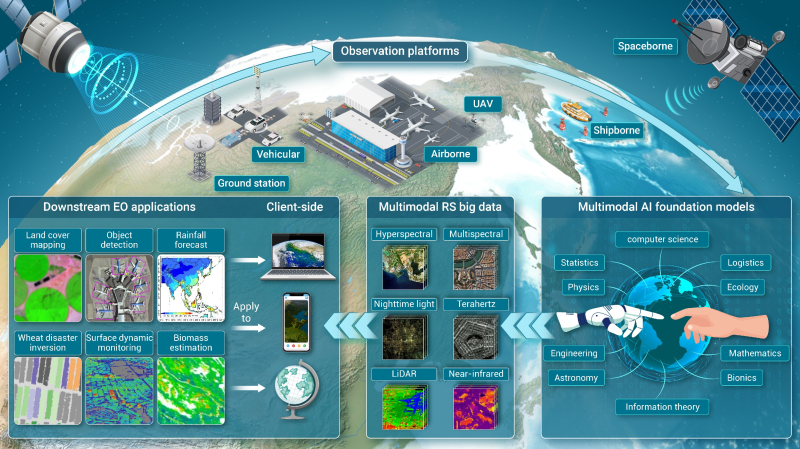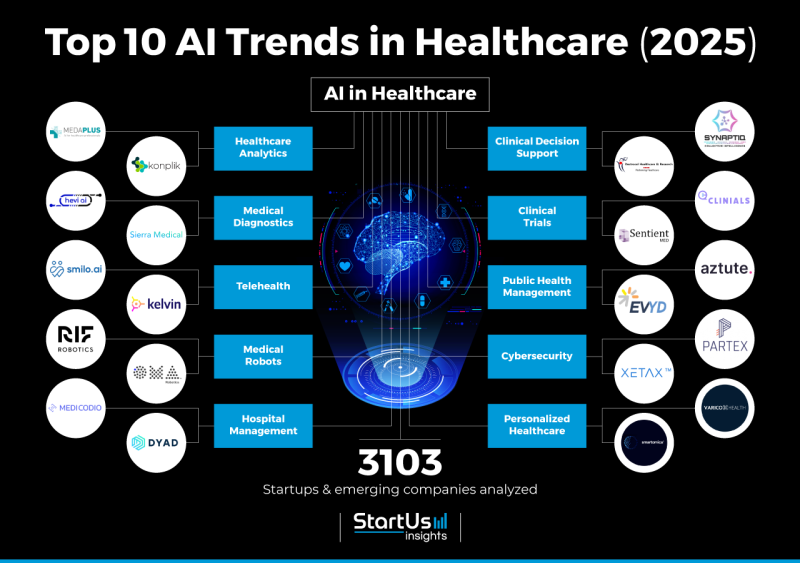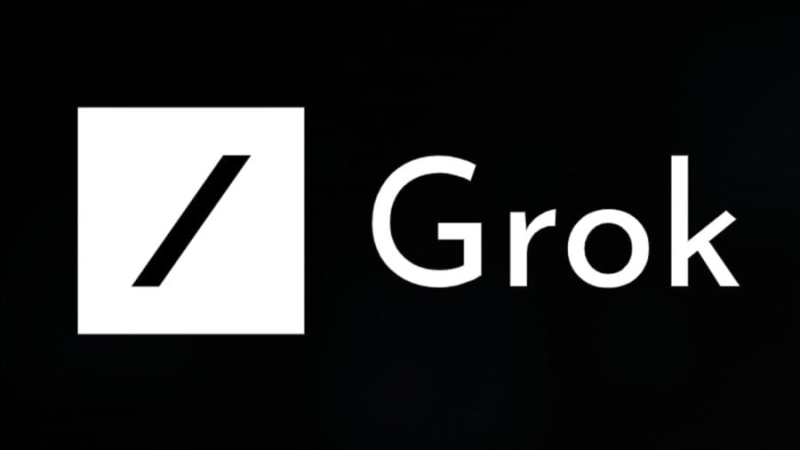The AI landscape is witnessing an unprecedented arms race among large language models (LLMs). While giants like GPT-4, Claude, and Llama dominate headlines, DeepSeek—a rising star from China—is carving its niche with unique technical innovations and aggressive open-source strategies. This article dives into how DeepSeek stacks up against its global competitors.

Performance Showdown
In benchmark tests like MMLU (general knowledge) and GSM8K (math reasoning), DeepSeek-R1-Large-Preview achieves scores comparable to GPT-4 Turbo (e.g., 85.3 vs. 86.4 on MMLU). However, its real strength lies in cost efficiency: DeepSeek claims 80% lower inference costs than GPT-4 for equivalent tasks. When processing 128k-token contexts, DeepSeek maintains 95% accuracy at the document tail, outperforming Llama 2’s 87% in similar tests.
Architecture Innovations
Unlike GPT-4’s dense Transformer, DeepSeek employs a hybrid MoE architecture with dynamic token routing. This allows it to activate only 30% of parameters per query, reducing computational overhead. Training on a 12TB multilingual corpus (40% Chinese, 35% English, 25% other languages) gives it unique localization advantages in Asian markets.
Open Source vs. Commercial Play
DeepSeek’s bold move to open-source its 7B/67B models contrasts sharply with OpenAI’s closed approach. Developers praise its permissive Apache 2.0 license but note that Llama’s ecosystem remains more mature. Commercially, DeepSeek’s API costs $0.001 per 1k tokens—50% cheaper than GPT-4—attracting SMEs in emerging markets.
Ethical Debates
While GPT-4 implements RLHF (Reinforcement Learning from Human Feedback) for alignment, DeepSeek adopts a “value-neutral” stance, raising concerns about misuse. Recent incidents of DeepSeek generating uncensored code for hacking tools have sparked debates about regional regulatory gaps.
User Case Studies
In fintech applications, DeepSeek outperformed Claude 3 in Chinese financial report analysis (92% accuracy vs. 84%) but lagged in creative writing tasks. Developers highlight its seamless integration with PyTorch but criticize limited LangChain support compared to Llama.
Future Outlook
With plans to launch domain-specific models for healthcare and legal sectors, DeepSeek aims to challenge GPT-4’s vertical dominance. However, geopolitical tensions over AI exports could hinder its global expansion.
6 Hot Q&A
Q1: Can DeepSeek’s open-source models truly rival Llama 3?
A: In coding and math tasks, DeepSeek-67B outperforms Llama 3-70B (e.g., 72% vs. 65% on HumanEval), but its multilingual support still lags behind Meta’s models.
Q2: Should SMEs choose DeepSeek or GPT-4?
A: For budget-conscious businesses focused on Chinese-language scenarios, DeepSeek offers better cost efficiency. However, GPT-4 remains superior for global market support or creative content generation.
Q3: How capable is DeepSeek in multimodal tasks?
A: Currently, it supports mixed text-image inputs (e.g., flowchart analysis) but lacks video processing capabilities compared to Gemini 1.5 Pro. An upgraded multimodal version is expected in Q4 2024.
Q4: Will ethical controversies impact DeepSeek’s commercialization?
A: Short-term risks exist in Western markets due to stricter regulations, but its “neutral stance” may drive adoption in Asia-Pacific regions with looser AI governance frameworks.
Q5: How do training data differences affect model capabilities?
A: DeepSeek excels in classical Chinese text comprehension and East Asian business practices, while GPT-4 demonstrates stronger performance in Western cultural contexts and metaphorical reasoning.
Q6: Can Chinese LLMs surpass their U.S. counterparts?
A: They lead in engineering optimizations and vertical applications (e.g., DeepSeek’s medical diagnostic models), but still trail in foundational innovations and ecosystem development.





